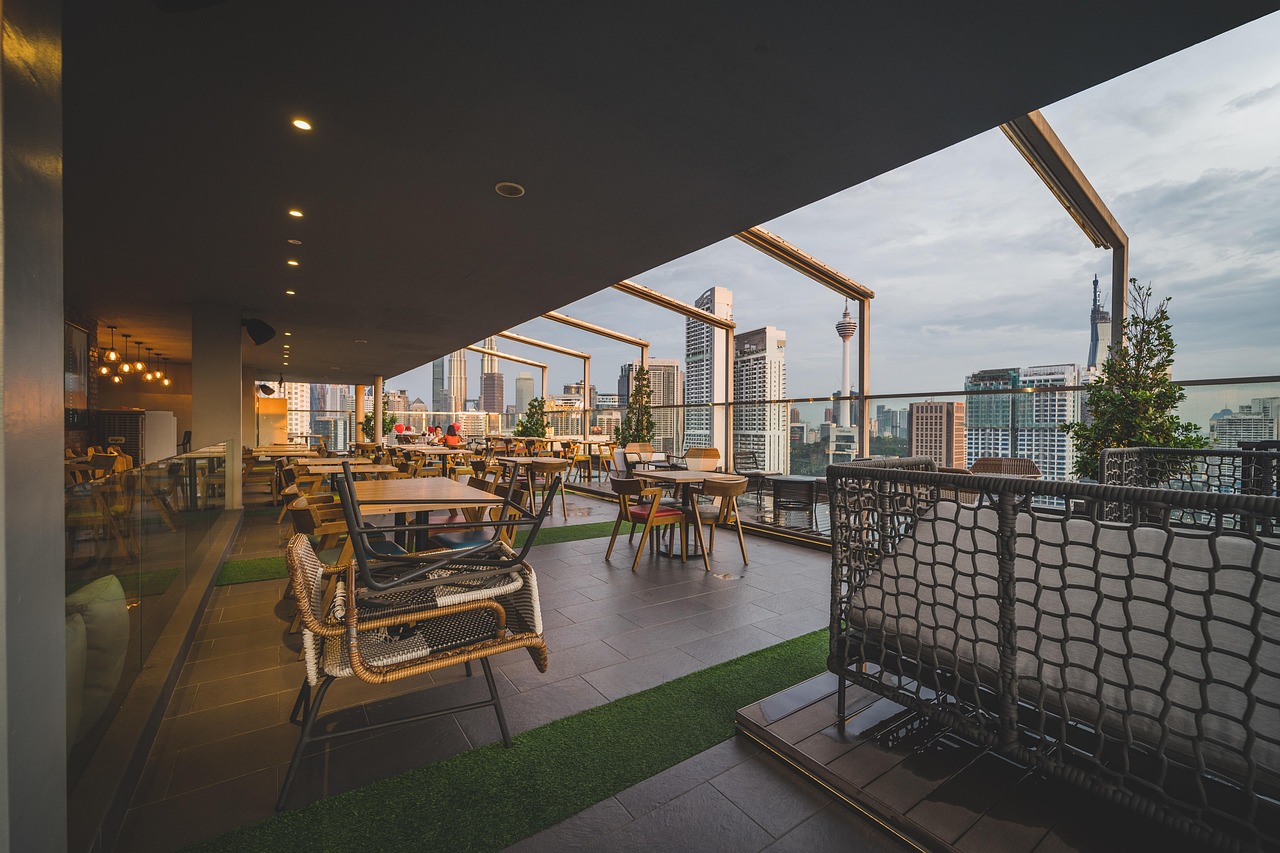In today’s fast-paced hospitality industry, hotels must strike a fine balance between aesthetic sophistication, durability, and practicality. Guestroom furniture is not just a visual element—it shapes the entire guest experience.
From the moment a guest steps into their room, the furniture communicates the hotel’s brand, comfort standards, and attention to detail. This article explores how to design and source guestroom furniture that is luxurious, long-lasting, and easy to maintain.
1. Understanding the Role of Guestroom Furniture in Hospitality Design
- Acts as a critical component of guest comfort and satisfaction
- Directly impacts room functionality, storage, and spatial flow
- Shapes brand identity through material choice, finishes, and design aesthetics
- Contributes to a sense of place, culture, or story within the room
2. Prioritising Durability: Materials and Construction That Last
- Use of commercial-grade materials specifically rated for hospitality use
- Hardwood frames for beds, armchairs, and sofas to resist warping and stress
- Metal-reinforced drawers and cabinets to support heavy daily use
- Scratch-resistant laminates or high-pressure veneers for desks and tables
- Use of quality joinery techniques such as mortise and tenon or dowel joints
- Upholstery with high rub-count commercial fabrics (e.g., 50,000+ Martindale cycles)
- Avoiding particle board and low-quality MDF in structural elements
3. Creating a Luxurious Guest Experience Through Design
- Elegant, cohesive furniture pieces that complement the interior theme
- Integrated lighting, USB ports, and power outlets for guest convenience
- Plush padded headboards with premium upholstery
- Custom-designed pieces that reinforce a sense of exclusivity
- Matching nightstands, wardrobes, and writing desks with consistent finishes
- Concealed storage options for a clutter-free aesthetic
- Silent-close hardware and soft-pull drawers for enhanced guest experience
4. Easy Maintenance Without Sacrificing Style
- Stain-resistant fabrics and antimicrobial upholstery options
- Fingerprint-resistant surfaces and hardware
- Open or raised-leg furniture for easier vacuuming and cleaning underneath
- Modular components for easier replacement of worn parts (e.g., drawer fronts)
- Laminated tops or stone veneers for easy wipe-clean surfaces
- Avoiding overcomplicated detailing that traps dust and dirt
5. Optimising Layout and Spatial Efficiency
- Built-in desks or multi-functional furniture to maximise small room footprints
- Wall-mounted shelves and nightstands to free up floor space
- Luggage benches with built-in storage to eliminate clutter
- Sliding doors for wardrobes to reduce clearance needs in tight spaces
6. Integrating Sustainability with Longevity
- Use of FSC-certified wood and responsibly sourced materials
- Low-VOC finishes for better air quality and guest health
- Long-wearing furniture reduces replacement cycles and environmental waste
- Designing with disassembly in mind to allow for future refurbishment or recycling
7. Quality Assurance and Procurement Best Practices
- Work with suppliers experienced in hospitality-grade furniture
- Insist on independent quality control reports and testing documentation
- Review previous commercial projects and references
- Ensure warranty coverage for structural elements and finishes
- Prefer Australian-based suppliers for reduced shipping lead times and better accountability
8. The Importance of Customisation in Luxury Hospitality
- Ability to tailor furniture to specific room sizes, brand colours, or themes
- Branding details such as engraving or embossed leather elements
- Coordinated furniture collections to maintain brand consistency across locations
- Adapting to client feedback with furniture updates in future refurbishments
9. Room-by-Room Essentials: What Every Guestroom Needs
- Comfortable, well-constructed bed with solid base and quality headboard
- Stylish bedside tables with storage and power access
- Writing desk or work surface with adequate lighting
- Occasional chair or armchair with commercial upholstery
- Luggage rack or bench with seating/storage capability
- Wardrobe with hanging space, shelving, and secure hinges
- Mirror (full-length preferred), positioned with natural lighting in mind
10. Balancing Budget and Long-Term Value
- Investing in better-quality furniture reduces long-term replacement costs
- Modular and customisable pieces can stretch budget across room types
- Easy-maintenance surfaces reduce housekeeping time and associated costs
- Choose suppliers that offer volume discounts and ongoing trade support
Conclusion: Designing for Experience and Efficiency
Great guestroom furniture doesn’t just fill a space—it enhances the entire guest journey. Through thoughtful material selection, cohesive aesthetics, practical layout planning, and ease of maintenance, hotels can create spaces that consistently delight guests while delivering strong returns on investment. As Australia’s hospitality sector continues to grow, forward-thinking design with longevity and luxury in mind is more essential than ever.
Elegant Hotel Furniture proudly offers customised, high-end furniture solutions tailored to your hotel’s vision. Whether you’re furnishing new developments or refurbishing boutique spaces, we bring the expertise, materials, and service standards the industry demands.












